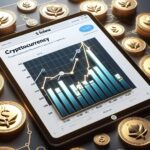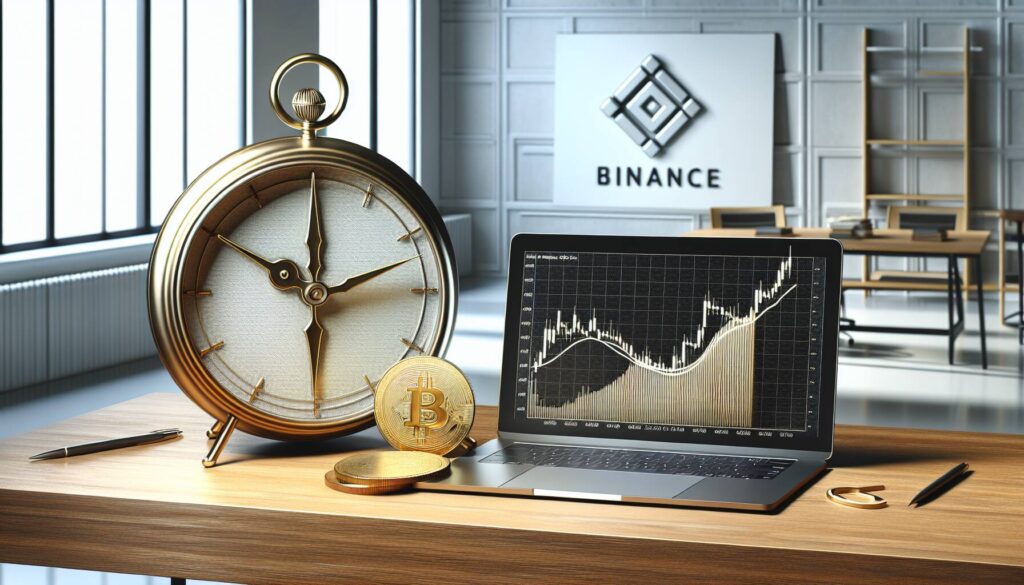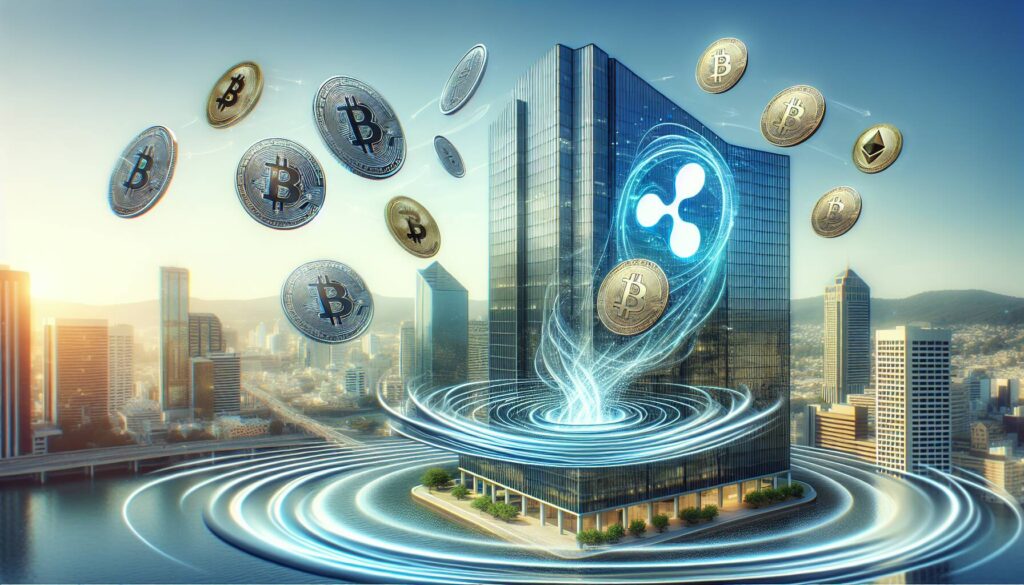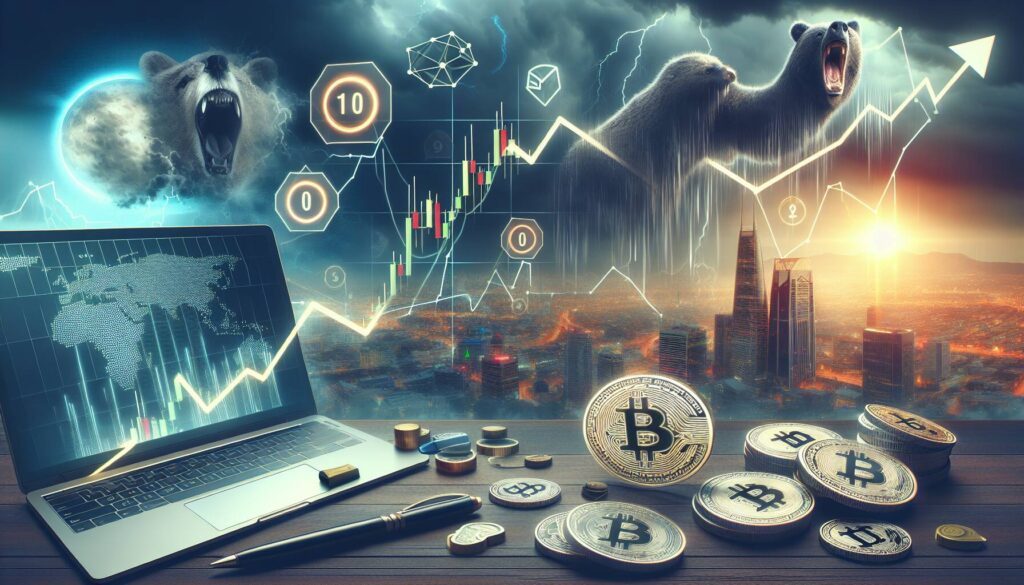In a significant shift within the cryptocurrency landscape, Binance is set to unveil a new token sale model on July 15, partnering with the Four.Meme ecosystem. This innovative approach will employ a bonding curve mechanism for price discovery, allowing token prices to adjust in real-time based on market demand. Essentially, as users purchase tokens, the price rises, creating a dynamic and intriguing market environment.
Under this model, once users acquire tokens during the sale, these tokens will be non-transferable until the conclusion of the event, and buy orders cannot be canceled. This approach seeks to offer early participants a unique opportunity to gain exposure before tokens become available on established platforms like Binance Alpha or decentralized exchanges (DEXs).
“The new mechanism aims to enhance liquidity and accessibility for token launches, mirroring the successful strategies of emerging platforms like Pump.Fun and Bonk.Fun.”
Pump.Fun, launched in early 2024, has already made waves as Solana’s leading memecoin factory, generating impressive revenue and facilitating over 11 million token creations. Meanwhile, Bonk.Fun has taken a commanding lead in Solana’s token issuances, significantly shaping user engagement in the ecosystem. The surge of interest in these platforms underscores a growing appetite for innovative token models and accessible launch mechanisms.
While Binance’s bonding curve model holds promise, it does come with inherent risks. Users should be cautious, as price volatility could lead to significant fluctuations, particularly for late entrants. Furthermore, a warning issued by Binance Alpha highlights the potential for “increased price volatility, higher risks,” and the absence of guaranteed liquidity. As the cryptocurrency space continues to evolve, the emergence of such dynamic sale models represents a pivotal moment for investors and enthusiasts alike.
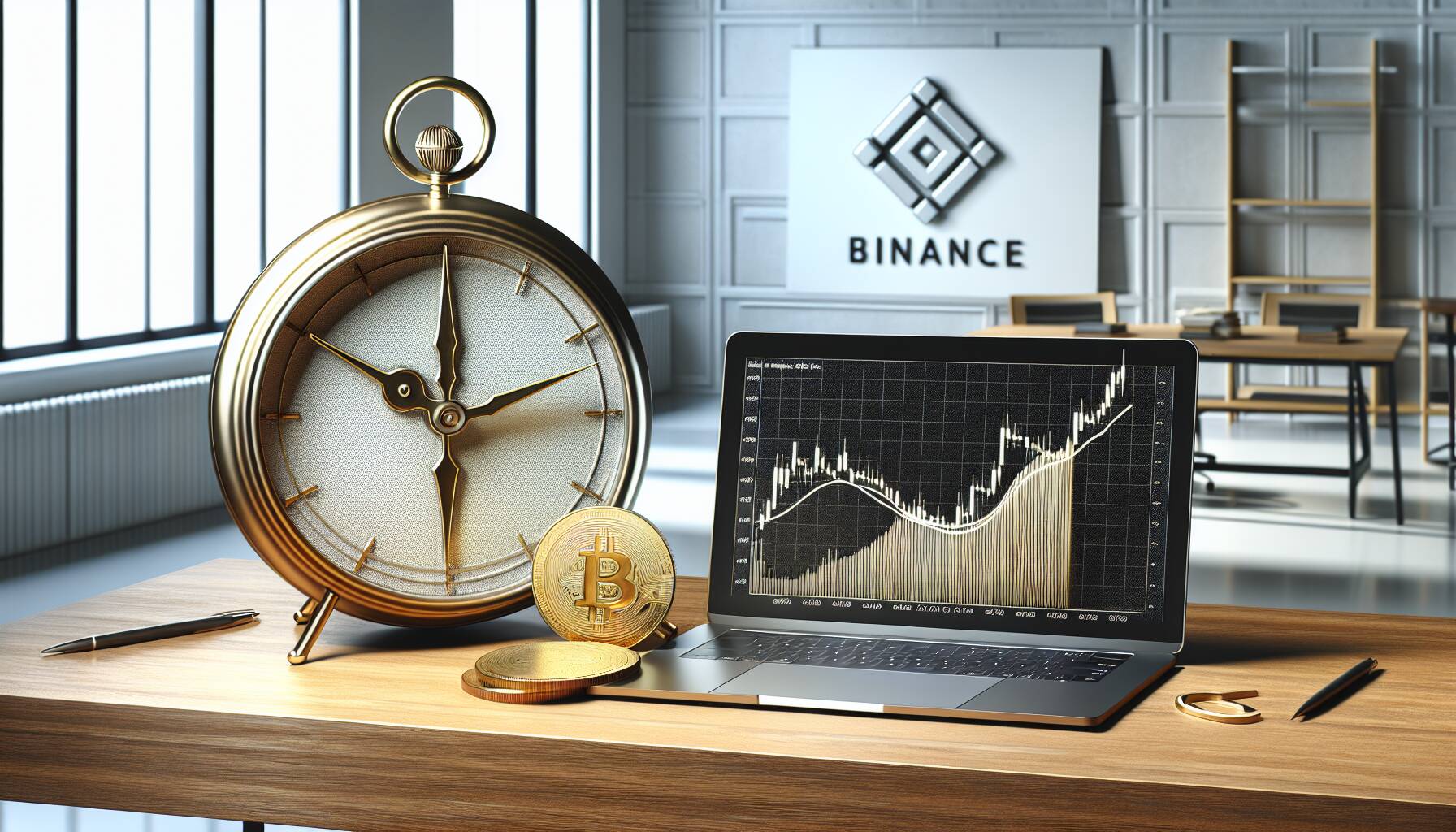
New Token Sale Model Introduction by Binance
Key Points:
- New Token Sale Model: Binance will implement a bonding curve mechanism for price discovery in partnership with the Four.Meme ecosystem.
- Date of Launch: The new model goes live on July 15.
- Real-Time Price Adjustments: Token prices will increase based on user demand, with non-transferable tokens until the sale concludes.
- Cancellation Policies: Buy orders cannot be canceled during the event.
- Growth of Competitors: Competing token launchpads Pump.Fun and Bonk.Fun are witnessing significant user engagement and tokenization.
- Pump.Fun Success: Launched in January 2024, it has facilitated over 11 million token creations and generated over $800 million in fees through a bonding-curve AMM.
- Bonk.Fun Dominance: Captures over 55% of Solana’s token issuances with a fee structure that supports buybacks and burns of its native token, BONK.
- Investor Exposure: Early participants may gain exposure to tokens before they are listed on Binance Alpha or DEXs.
- Lock-In Capital: Participants’ capital will be locked for the duration of the token sale event, introducing initial price volatility.
- Risk Elements: Price can steepen quickly, leading to higher costs for late entrants and potential price collapse due to early participant sell-offs.
- Market Valuation: Four.Meme’s ecosystem is valued at $368 million and will be the first to test the new model.
- Warning on Volatility: Binance Alpha alerts users to increased price volatility, higher risks, and uncertainty regarding liquidity.
Understanding these dynamics is crucial for participants as they navigate the risks and opportunities presented by this new token sale model.
Binance’s Innovative Token Sale Model: A New Era or Just Another Risk?
Binance is set to revolutionize its token launch process by integrating a bonding curve mechanism within its Wallet. This new model is designed to adjust token prices dynamically based on user demand, creating a compelling alternative to existing platforms such as Pump.Fun and Bonk.Fun. The competitive advantage of Binance’s approach lies in its established trust and user base, combined with the promise of immediate exposure to tokens before they hit major exchanges. This could significantly benefit early adopters who are looking to capitalize on the hot market for memecoins without the need for prolonged waiting periods.
However, while the potential for gains is compelling, there are notable drawbacks. The non-transferable nature of tokens during the sale can deter users who prefer liquidity and flexibility in their investments. Additionally, the introduction of price volatility from the beginning means that participants must navigate significant risks; late entrants may end up paying considerably more, and an early sell-off could lead to steep price drops. This aspect of the model could create problems for inexperienced investors who may not fully understand the implications of bonding curves.
In contrast, platforms like Pump.Fun and Bonk.Fun have successfully harnessed a stable user interest with proven liquidity models, albeit with a structure that rewards early adopters through mechanisms such as buybacks and burns. As a result, these platforms currently cater to a growing demographic of memecoin investors who prioritize low barriers to entry and immediate liquidity. Binance’s new structure may certainly draw in users from these platforms, seeking early investment opportunities, but could also dissuade risk-averse participants who are less inclined to gamble on volatile pricing.
Overall, while Binance’s foray into bonding curves may attract a bold segment of the investor community eager for fast-paced trading, it could alienate those who favor stability and guaranteed liquidity, thus reshaping the competitive landscape of token sales in the crypto space.

